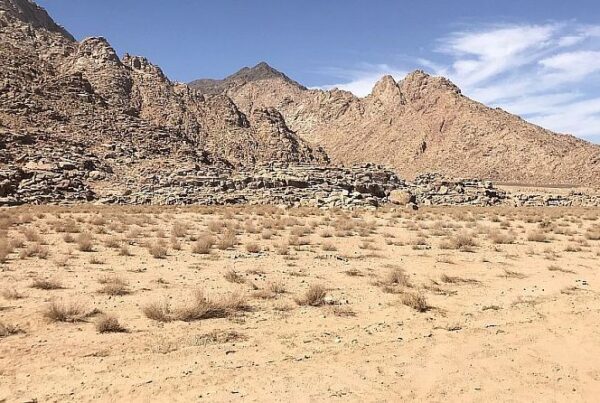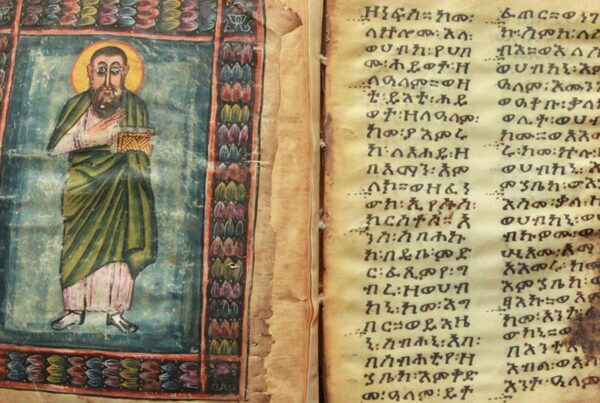This incredible find involves two small seals, or bullae, unearthed by the late Dr. Eilat Mazar. These seals, which were used historically to stamp documents and seal letters, were found just 10 feet apart in the same sediment layer.
The first seal clearly bears the name and emblem of King Hezekiah, King of Judah.
The second seal is perhaps the most remarkable piece of evidence: though slightly broken, it contains the name Isaiah (or Yesha’yahu). Crucially, the seal also features letters corresponding to Navi or Nabi, meaning “prophet”. While one letter is missing, preventing 100% confirmation, many scholars—including Dr. Mazar—believe this seal points directly to the biblical prophet Isaiah.
The proximity of these two findings makes perfect logical sense, as King Hezekiah and the prophet Isaiah were contemporaries who lived in Jerusalem at the same time.
This discovery is considered absolutely remarkable because such little things just support the Bible. Join us as we explore the context of this finding, located in an area where hundreds of these ancient seals have been scattered and found.




